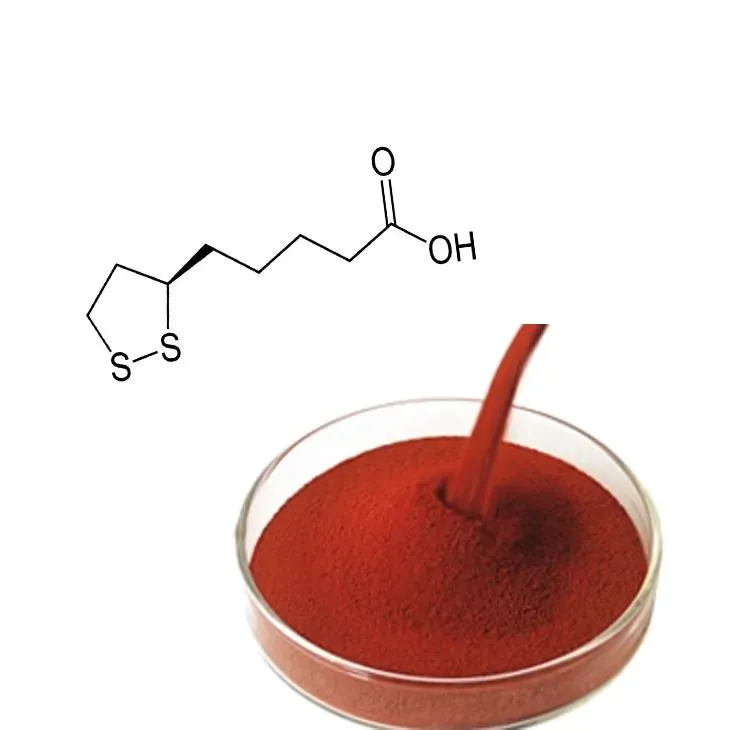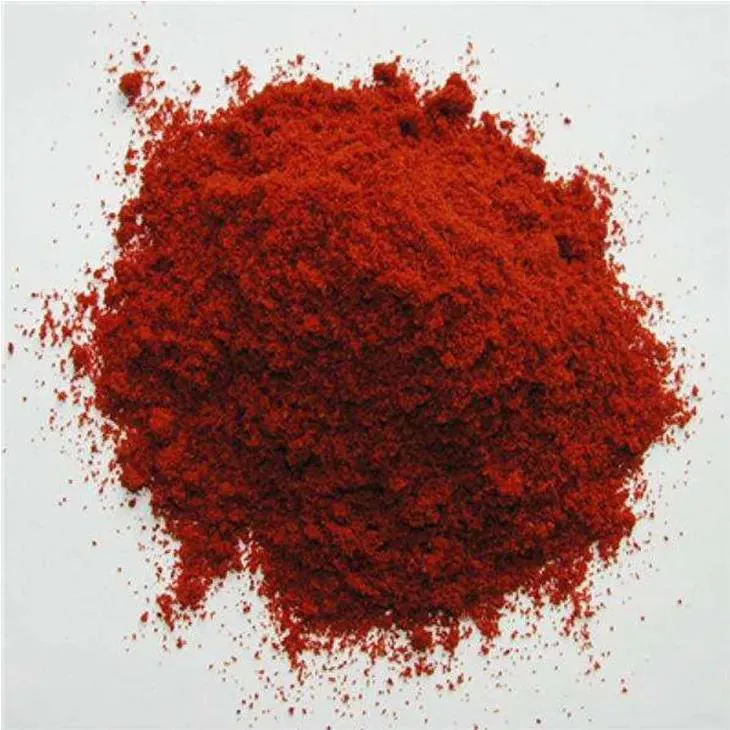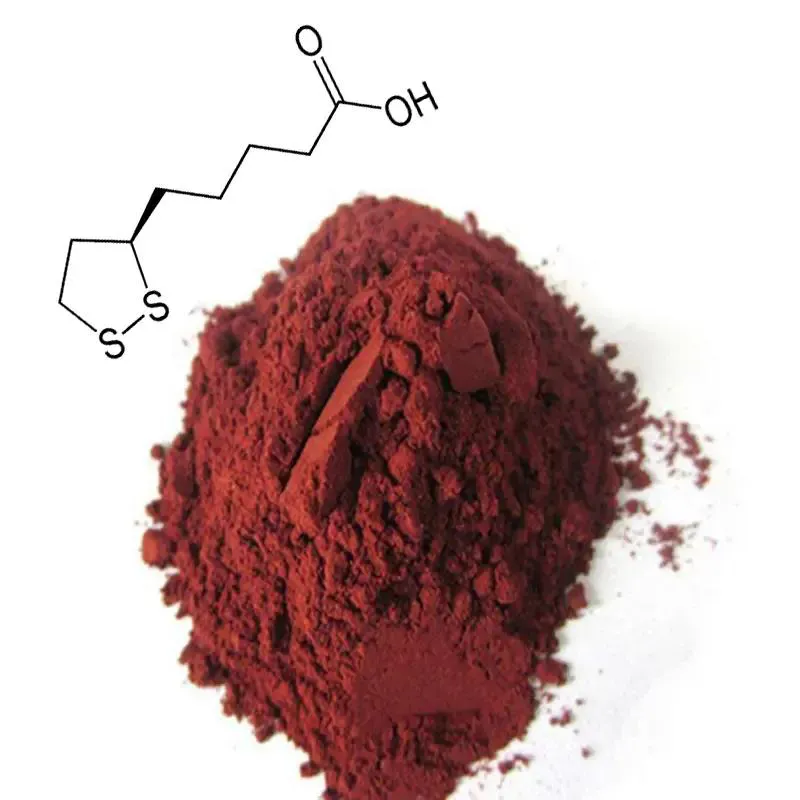- 0086-571-85302990
- sales@greenskybio.com
The Best Astaxanthin in 2024.
2024-11-30

Introduction
As we step into 2024, the demand for high - quality Astaxanthin is on the rise. Astaxanthin has emerged as a highly sought - after supplement due to its powerful antioxidant properties and a plethora of potential health benefits. However, with a growing number of Astaxanthin products available in the market, it has become crucial for consumers to understand the key factors that distinguish the best astaxanthin products. This article aims to guide consumers in making an informed choice by examining various aspects such as the source, purity levels, extraction methods, and the scientific research supporting different brands.

1. The Significance of Astaxanthin
Astaxanthin is a carotenoid pigment that is responsible for the red color in various organisms such as salmon, shrimp, and krill. In the human body, it functions as a potent antioxidant. Antioxidants are essential for neutralizing free radicals, which are unstable molecules that can cause damage to cells and contribute to various health problems including aging, heart disease, and certain cancers.
Studies have suggested that astaxanthin may also have anti - inflammatory properties, which can be beneficial for those suffering from inflammatory conditions such as arthritis. Additionally, it has been associated with improved eye health, enhanced skin health, and increased endurance and athletic performance.

2. Source: Natural vs. Synthetic Astaxanthin
2.1 Natural Astaxanthin
Natural astaxanthin is derived from natural sources such as microalgae (Haematococcus pluvialis), yeast, and certain marine organisms. One of the main advantages of natural astaxanthin is its similarity to the astaxanthin found in nature and in the human diet. For example, the astaxanthin obtained from Haematococcus pluvialis is considered to be of high quality as it is produced through a natural photosynthesis process.
Natural astaxanthin also tends to be better absorbed by the body. It often comes with other beneficial compounds such as fatty acids and other antioxidants, which may enhance its overall effectiveness. However, natural astaxanthin can be more expensive to produce, which may result in higher - priced products in the market.
2.2 Synthetic Astaxanthin
Synthetic astaxanthin, on the other hand, is chemically produced in a laboratory. It is generally more cost - effective to produce compared to natural astaxanthin. However, there are some concerns regarding its safety and effectiveness.
Some studies have suggested that synthetic astaxanthin may not be as bioavailable as natural astaxanthin. Additionally, there may be potential impurities associated with the synthetic production process. While synthetic astaxanthin has been approved for use in some applications such as in animal feed, its use in human supplements may be less desirable compared to natural astaxanthin.

3. Purity Levels
The purity of astaxanthin is an important factor to consider when choosing a product. High - purity astaxanthin products are likely to be more effective and free from contaminants. Purity can be affected by various factors such as the source material and the extraction and purification processes.
When evaluating the purity of astaxanthin, consumers should look for products that provide information on the percentage of astaxanthin in the supplement. For example, a product with a high percentage of astaxanthin (e.g., 5% or more) may be of better quality compared to those with lower percentages. Additionally, products that are third - party tested for purity can provide an added level of confidence for consumers.
4. Extraction Methods
4.1 Solvent - based Extraction
Solvent - based extraction is one of the common methods used to extract astaxanthin from its source material. In this method, solvents such as hexane or ethanol are used to dissolve and separate astaxanthin from other components. However, there are some concerns regarding the use of solvents, as traces of the solvents may remain in the final product, which could potentially be harmful.
4.2 Supercritical Fluid Extraction
Supercritical fluid extraction is a more advanced and cleaner extraction method. In this process, supercritical carbon dioxide is used as the extraction solvent. This method has several advantages over solvent - based extraction. It is more environmentally friendly, as carbon dioxide is a non - toxic and non - flammable gas. Additionally, it can produce a purer astaxanthin product with fewer impurities, as the supercritical carbon dioxide can be easily removed from the final product without leaving any residues.
5. Scientific Research behind Different Brands
When choosing the best astaxanthin product, it is important to consider the scientific research behind different brands. Brands that have invested in research and development are more likely to produce high - quality products. Look for brands that have conducted clinical trials or studies on their astaxanthin products.
For example, some brands may have research demonstrating the effectiveness of their astaxanthin in improving skin elasticity, reducing wrinkles, or enhancing cardiovascular health. These research findings can provide valuable evidence of the product's potential benefits. Additionally, brands that collaborate with scientific institutions or universities may have access to the latest research and technology, which can be reflected in the quality of their products.
- Some well - known brands have published research on the bioavailability of their astaxanthin products, which is an important aspect for consumers to consider.
- Others may have studies on the long - term safety and efficacy of their astaxanthin supplements.
6. How to Make an Informed Decision
To choose the best astaxanthin product in 2024, consumers should consider all of the above factors. Start by determining whether you prefer a natural or synthetic source of astaxanthin based on your personal beliefs and budget.
- Check the purity levels of the product by looking at the label or third - party test results.
- Investigate the extraction method used to produce the astaxanthin. Opt for products that use cleaner extraction methods such as supercritical fluid extraction if possible.
- Research the scientific research behind different brands. Look for brands with a track record of conducting research on their astaxanthin products.
By taking these steps, consumers can make an informed decision and choose the astaxanthin product that best meets their health needs.
Conclusion
In 2024, the market for astaxanthin products is diverse and complex. With the increasing awareness of the potential health benefits of astaxanthin, it is important for consumers to be able to distinguish between different products. By considering factors such as the source, purity levels, extraction methods, and scientific research behind different brands, consumers can select the best astaxanthin product for their individual health requirements. Whether it is for improving antioxidant status, reducing inflammation, or enhancing overall well - being, choosing the right astaxanthin product can play an important role in maintaining good health.
FAQ:
Q1: What are the main differences between natural and synthetic astaxanthin?
Natural astaxanthin is typically derived from sources like microalgae and certain crustaceans. It has a more complex structure and is often considered to be better absorbed by the body. Synthetic astaxanthin, on the other hand, is produced chemically. It may be less expensive to produce but may not offer the same level of bioavailability and potential health benefits as natural astaxanthin. Also, natural astaxanthin often comes with other beneficial compounds from its source, which synthetic astaxanthin lacks.
Q2: How can one determine the purity level of an astaxanthin product?
One way to determine the purity level is to look at the product label. Reputable brands usually disclose the percentage of astaxanthin in the product. Third - party testing can also be a reliable method. Some independent laboratories can analyze the sample and provide information about its purity. Additionally, a high - quality astaxanthin product should have few impurities, which can be indicated by its color, clarity, and consistency. For example, a pure astaxanthin supplement should have a vibrant red color.
Q3: What are the common extraction methods for astaxanthin and which one is the best?
Common extraction methods for astaxanthin include supercritical CO2 extraction and solvent extraction. Supercritical CO2 extraction is considered a more advanced and cleaner method. It uses carbon dioxide under specific pressure and temperature conditions to extract astaxanthin. This method is preferred as it can produce a high - quality, pure astaxanthin without leaving behind harmful solvent residues. Solvent extraction, while also effective, may require additional steps to remove the solvents, and there is a risk of some solvent remaining in the final product.
Q4: How important is the scientific research behind astaxanthin brands?
The scientific research behind astaxanthin brands is very important. Brands that are backed by scientific studies are more likely to provide effective products. Scientific research can prove the health benefits, safety, and proper dosage of astaxanthin. It can also show how the product is absorbed and metabolized in the body. Consumers should look for brands that have published research on their astaxanthin products, either through in - house research or in collaboration with independent research institutions.
Q5: Are there any side effects of taking astaxanthin?
In general, astaxanthin is considered safe for most people when taken at recommended doses. However, some people may experience mild side effects such as stomach upset or a change in skin color (a slightly orange tint) if taken in very high doses. Pregnant or breastfeeding women should consult their healthcare providers before taking astaxanthin supplements, as there is not enough research on its safety in these situations.
Related literature
- Title: Astaxanthin: A Comprehensive Review of Its Chemistry, Sources, Metabolism, and Health Benefits"
- Title: "The Role of Natural Astaxanthin in Health and Disease Prevention"
- Title: "Comparative Study of Different Astaxanthin Sources and Their Efficacy"
- ▶ Hesperidin
- ▶ citrus bioflavonoids
- ▶ plant extract
- ▶ lycopene
- ▶ Diosmin
- ▶ Grape seed extract
- ▶ Sea buckthorn Juice Powder
- ▶ Beetroot powder
- ▶ Hops Extract
- ▶ Artichoke Extract
- ▶ Reishi mushroom extract
- ▶ Astaxanthin
- ▶ Green Tea Extract
- ▶ Curcumin Extract
- ▶ Horse Chestnut Extract
- ▶ Other Problems
- ▶ Boswellia Serrata Extract
- ▶ Resveratrol Extract
- ▶ Marigold Extract
- ▶ Grape Leaf Extract
- ▶ blog3
- ▶ blog4
-
Ginger extract of the best quality.
2024-11-30
-
Wholesale Passion Fruit Extract Suppliers.
2024-11-30
-
Organic Genistein, Australia.
2024-11-30
-
Standard - process Nutmeg extract.
2024-11-30
-
Withania Somnifera Extract
2024-11-30
-
American Ginseng Root Extract
2024-11-30
-
Tinospora cordifolia extract
2024-11-30
-
Red Vine Extract
2024-11-30
-
Carrageenan Extract Powder
2024-11-30
-
Citrus Aurantium Extract
2024-11-30
-
Beetroot juice Powder
2024-11-30
-
Fenugreek Extract Powder
2024-11-30
-
Maitake Mushroom Extract
2024-11-30
-
Black Garlic Extract
2024-11-30





















